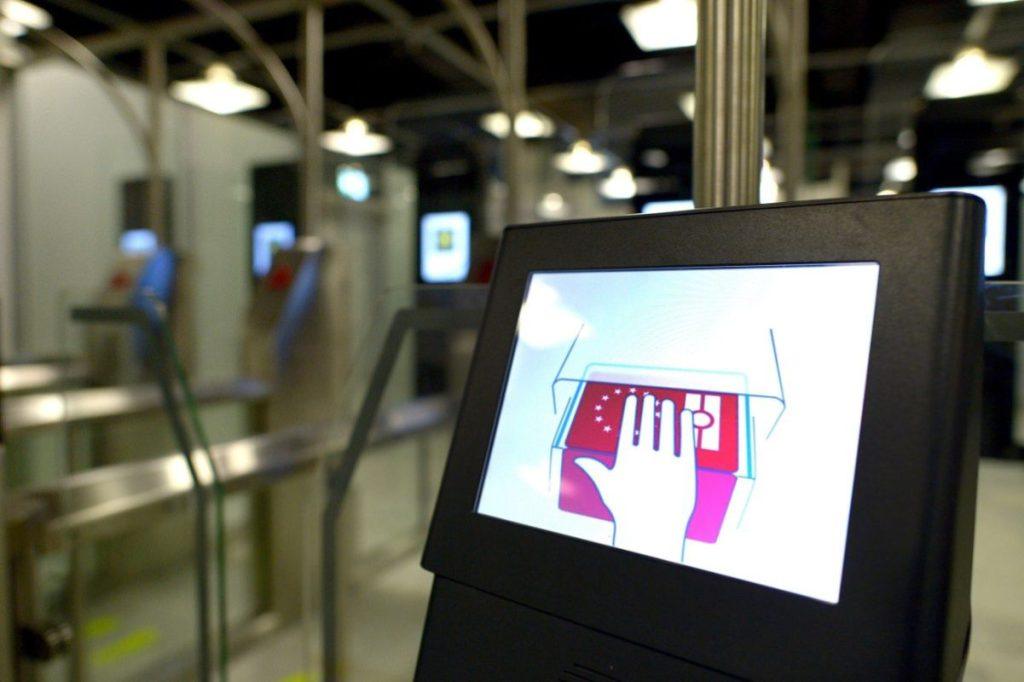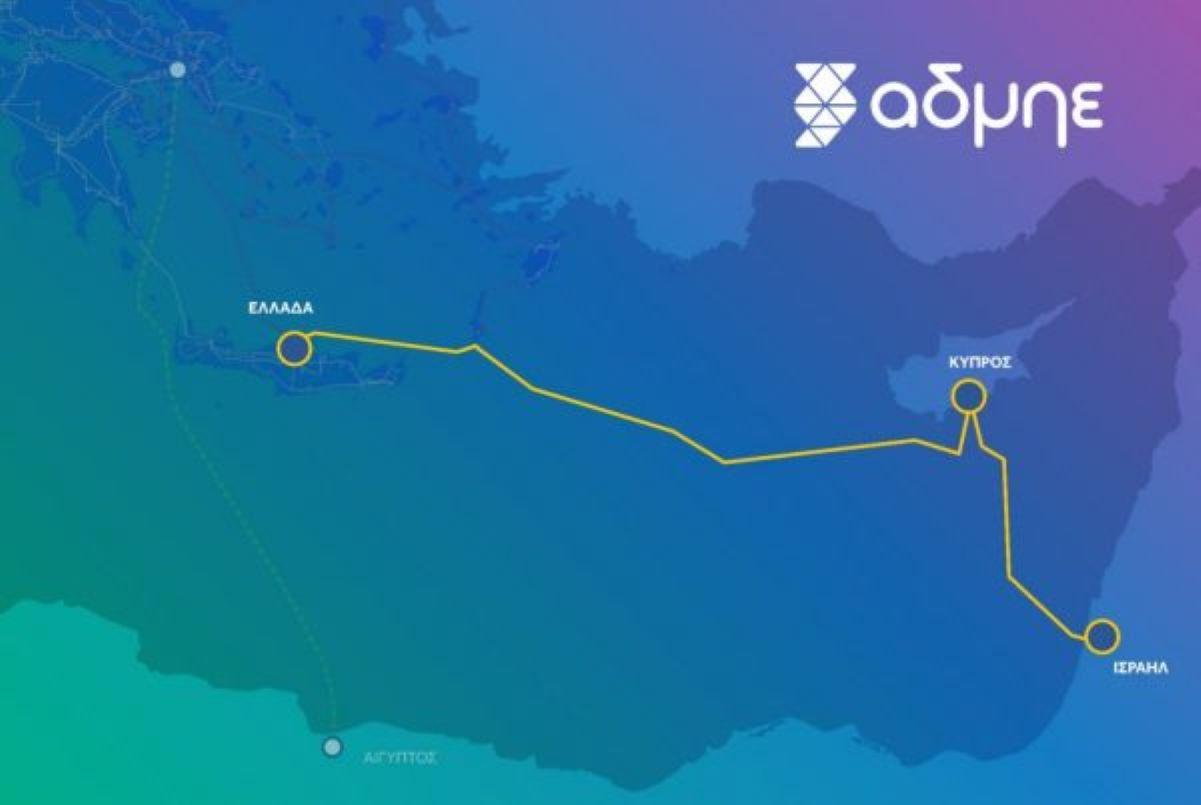Starting Sunday, a new biometric system will change how foreign nationals cross European Union borders. The Entry/Exit System (EES) will require all travelers from non-EU countries to provide fingerprints and facial photographs when entering the Schengen Area for the first time. This zone includes all EU countries except Ireland and Cyprus.
The rules also apply to citizens of the United Kingdom, which has left the EU, as well as travelers from Iceland, Norway, Switzerland, and Liechtenstein. Biometric data collection will be gradually rolled out at airports and border crossings, with full implementation expected by April 10, 2026. The EU hopes this transition period will allow member states to adapt without creating long queues at airports or border points.
The digital system eliminates the need for manual passport stamping, instead linking travel documents to each visitor’s identity through biometric data. EU officials say the move aims to modernize border management, curb illegal immigration, detect fraudulent documents, and ensure travelers do not overstay permitted periods. The system will also monitor visa-free visitors to ensure compliance with the 90-day limit within any 180-day period.
How the System Works
Upon first entry into the Schengen zone, travelers will have their fingerprints scanned and faces photographed. When leaving, their data will be checked against the EES database to confirm compliance with stay limits and record departures. On subsequent visits, only biometric verification will be required.
Checks will take place at international airports, seaports, train terminals, and land border crossings within Schengen. The only exception is passengers traveling by train through the Eurotunnel to France, who will undergo checks when departing from UK stations.
The EES will be implemented gradually, with authorities ready to temporarily suspend the procedure if long queues form.

Looking Ahead to 2026
From 2026, the EES will be replaced by the European Travel Information and Authorization System (ETIAS). Non-Schengen travelers will then need to apply for authorization, provide personal and travel information, and pay a 20 euros fee before traveling. The authorization will be valid for three years or until the passport expires.
Source: tovima.com







































